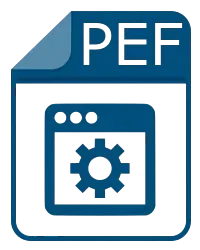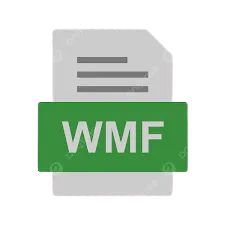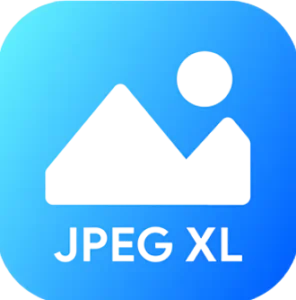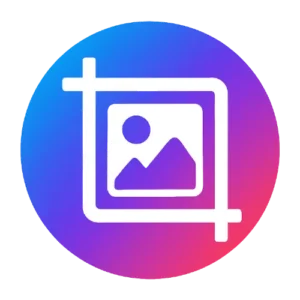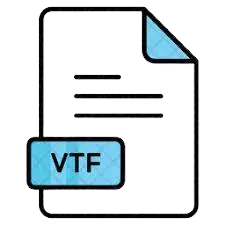Convert Any Image to XBM Format
Convert Any Image to XBM Format
Upload any image and convert it to high-quality XBM format instantly for better compression and lossless support. 100% browser-based & secure. Perfect for modern web images, photography, and archiving—supports JPG, PNG, WebP, HEIC, SVG, PSD, and more.
Convert Any Image to XBM Format Instantly – The Complete Guide
When working with legacy systems or developing software for embedded platforms, you may encounter the need to convert any image to XBM format. Although it’s not as widely known today as PNG or JPEG, XBM (X BitMap) remains a valuable image format, especially in Unix-based GUI applications and low-level graphic systems.
In this article, we’ll explore how and why to convert your modern images into XBM format, offer a free and easy tool through Ahmad Free Tools, and provide a case study-style comparison with other formats.
What Is XBM Format and Why Does It Matter?
The XBM format is a monochrome bitmap image format originally used in the X Window System — a graphical windowing system for Unix-based platforms. Unlike contemporary formats, XBM files are actually stored as C source code, which makes them directly embeddable into C programs.
Why You Might Need to Use XBM:
- You’re developing for Unix/Linux GUIs using X11.
- You want a small, embeddable, monochrome image.
- You’re maintaining legacy software or IoT firmware that still expects XBM input.
Despite its niche usage, the ability to convert any image to XBM format is still relevant — especially when working across systems with strict limitations or needing to avoid dependencies on modern libraries.
How to Convert Any Image to XBM Format in Seconds
Thanks to the simplicity of Ahmad Free Tools, you don’t need to download complex software or install libraries. Just visit the free online tool and upload your image — it’s that simple.
The conversion tool:
- Accepts 100+ image formats including JPG, PNG, HEIC, BMP, and AVIF
- Converts directly in-browser — no login or watermark
- Provides an instant download of your .xbm file
- Works on mobile and desktop
This tool is designed to be lightweight and fast, making it ideal for developers, testers, and archivists who need a quick solution.

Case Study: XBM vs JPEG vs PNG
Let’s walk through a practical comparison to help you decide when to use XBM.
| Feature | XBM | JPEG | PNG |
|---|---|---|---|
| Compression | None (Monochrome) | Lossy | Lossless |
| Transparency | No | No | Yes |
| File Size | Tiny (1-bit) | Small–Medium | Medium |
| Embeddable in Code | Yes (as C) | No | No |
| Color Support | Black & White only | Millions | Millions |
| Use Case | Legacy, Unix, GUI | Web, Photos | Web, UI Assets |
Verdict:
If your goal is modern web optimization, JPEG or PNG is ideal. But if you’re embedding images into low-resource systems or working with X11 applications, XBM is the perfect match.
How Our Free Tool Simplifies the Process
The Convert Any Image to XBM Format tool is purpose-built for speed and simplicity:
- Drag-and-drop interface
- Converts from HEIC, AVIF, WebP, JPEG, and more
- Output is clean and compliant with legacy compilers
- No technical background needed — just upload and download
Whether you’re a developer needing to include icons in your GUI or a tinkerer working on embedded systems, this tool saves time and effort.
Explore Our Image Format Tools
We also offer a wide range of other format conversion tools. Whether you’re looking to go from JPEG to RAW or HEIC to PNG, we have you covered.
🔗 External tool: JPEG to DNG Converter Tool
Stay efficient with tools that are built to be fast, reliable, and always free.
Conclusion
In an age where modern formats like WebP and AVIF dominate web development, older formats like XBM might seem outdated. But for those working in specific fields — such as embedded development, Unix-based UI, or legacy software — XBM still holds practical value.
With the right tools, it’s now easier than ever to convert any image to XBM format without any coding knowledge or manual conversion processes. Whether you’re archiving, experimenting, or developing — this format is still worth knowing.

